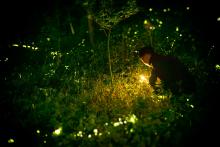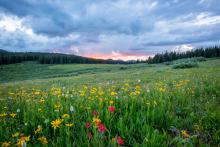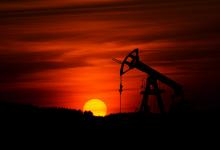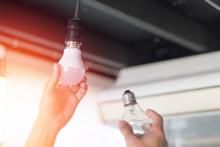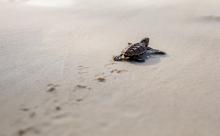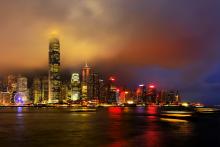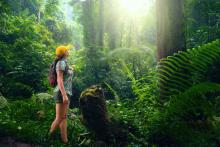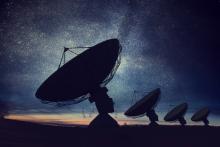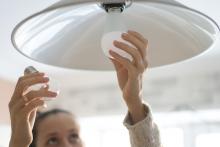Artificial Lights Threatens Firefly Population
Artificial lighting is not just a nuisance for stargazers — the harsh blue light produced by most artificial lights can have detrimental effects on surrounding ecosystems from disrupted circadian rhythms to complicating or even halting reproduction. For some species, like the firefly, the situation is even more dire as artificial lighting is one of the factors threatening their very existence.
